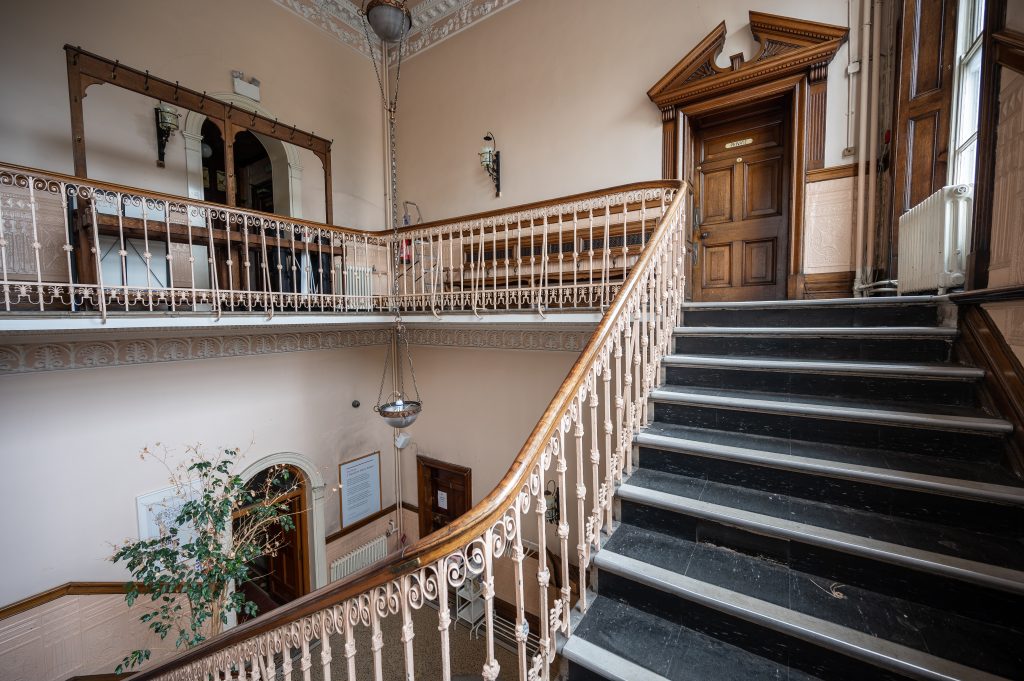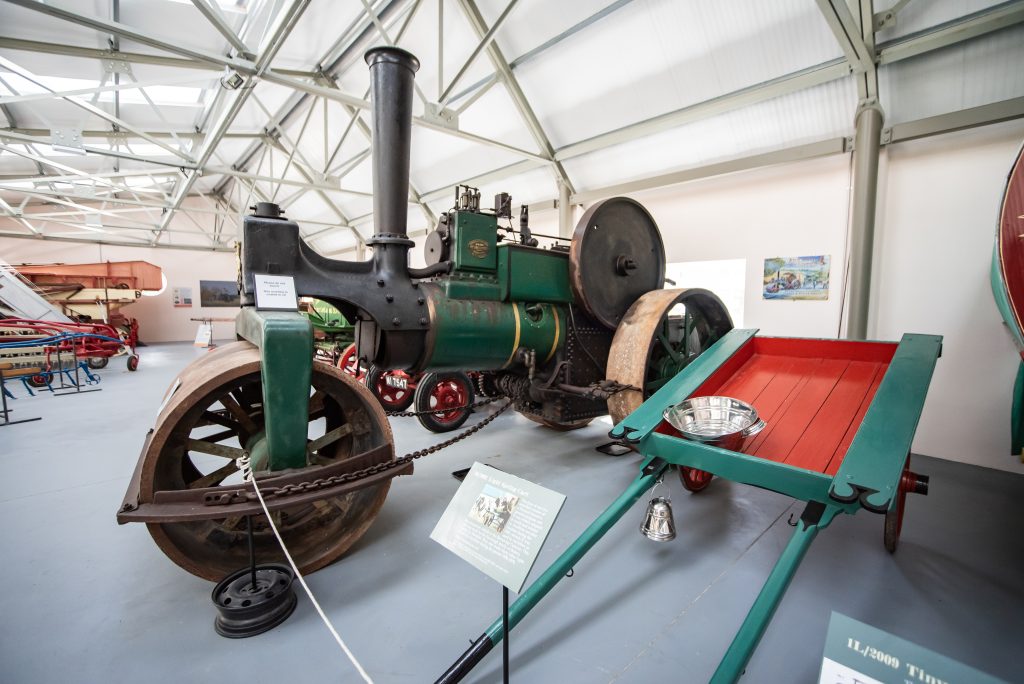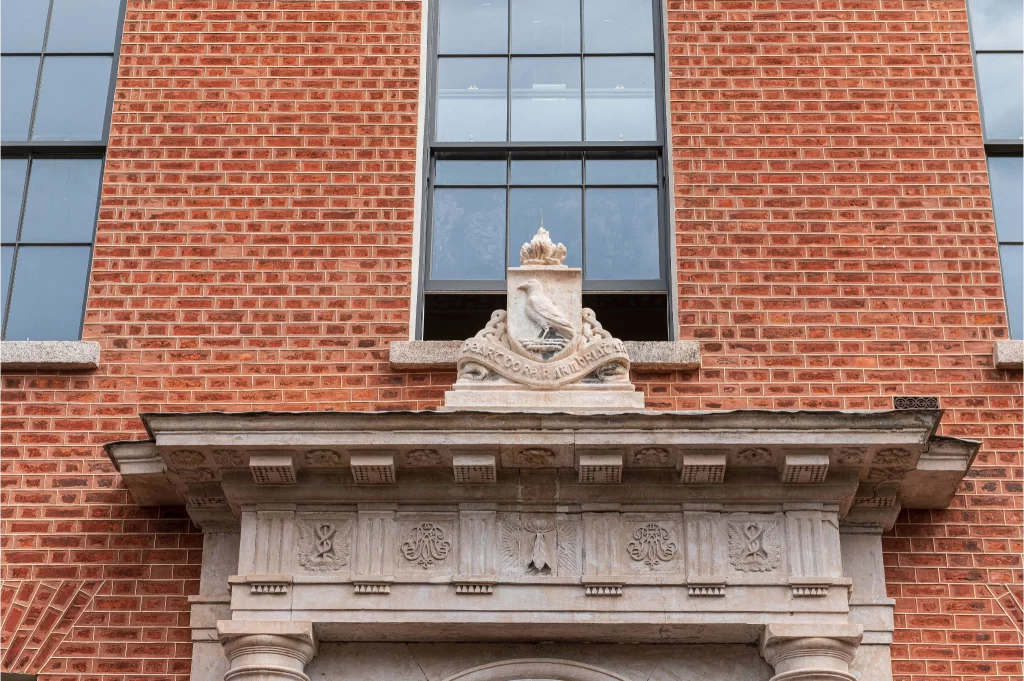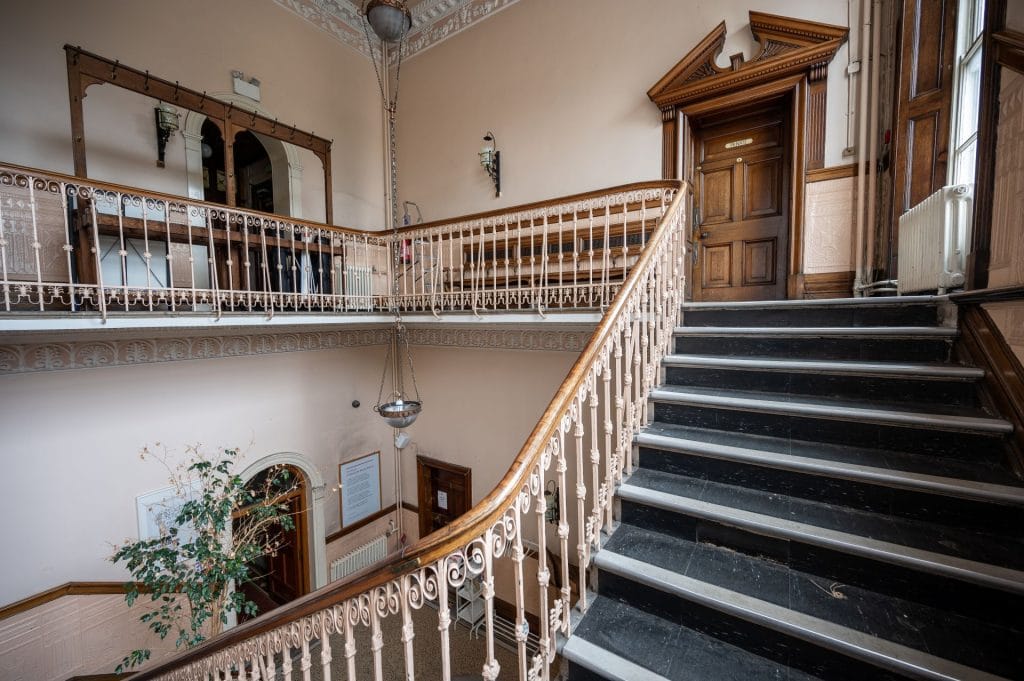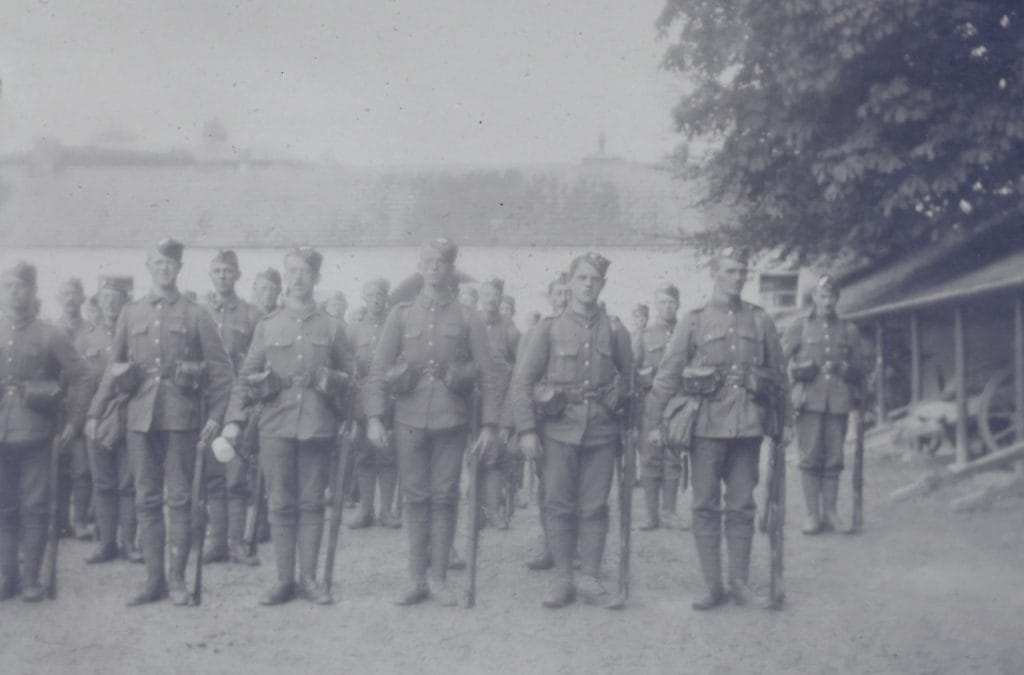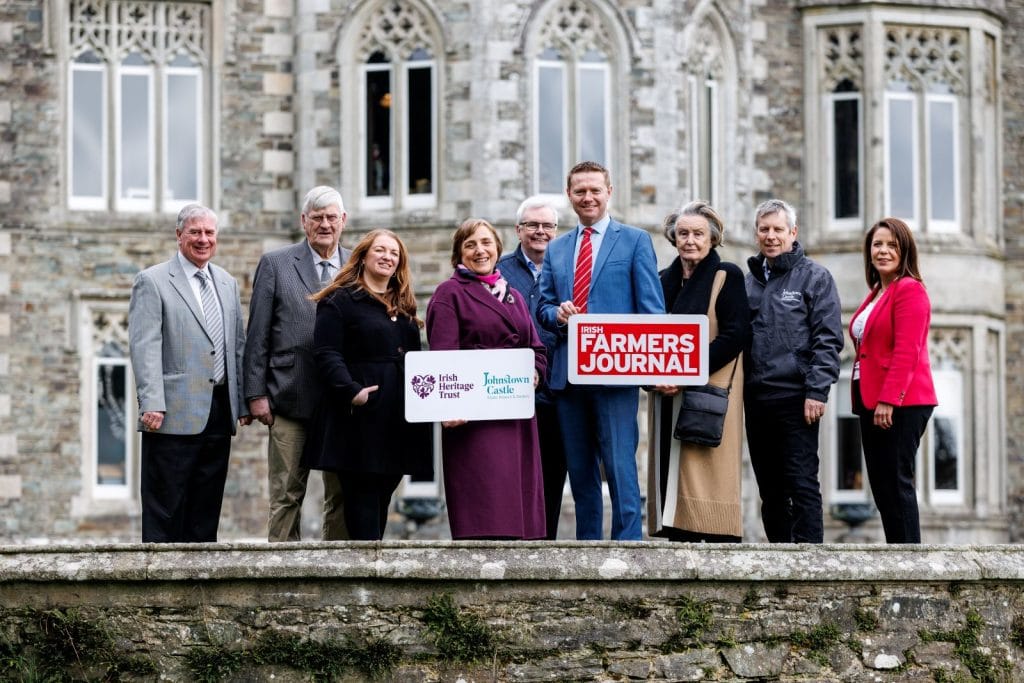12 November 2025
Science Week: Then. Today. Tomorrow.
The Dark Room at Strokestown Park House
For Science Week 2025, we invite you to a virtual visit of the recently re-opened Victorian Dark Room, the private photography studio of one of the residents of Strokestown Park House, Henry Pakenham Mahon.
Located in the 1830s extension to Strokestown Park House, is a two-roomed apartment which could reasonably be called a 19th century man-cave. The first of the two rooms is furnished with low comfortable leather armchairs, a writing desk, typewriter, radio and a cosy stove set into the fireplace– a chill-out space for the 19th century gentleman. But there are some other unusual objects to see in this room, that add a layer of intrigue.
Against the North wall of the Gentleman’s Study stands a large glass fronted Victorian display case filled with many old cameras of varying vintages from 1850s to 1930s.
Another glass case protects a hooded photo enlarger mage by J. Lancaster & Sons, Bermingham, circa 1905, not terribly dissimilar to one that this writer used in the early 2000s! Another contraption is the tabletop adjustable stereoscope (late 19th C.) which is placed on an elegantly carved Triad Studio camera stand from 1914. This sort of wooden framed bifocal eyeglass enables the viewer to see a 19th C three-dimensional cat leap from its owner’s arms.

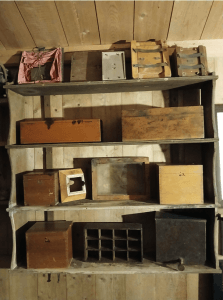
So what’s going on here? What is the connection? Why not venture through to the next room and see …
In the late 19th century, Henry Pakenham Mahon, resident landlord of Strokestown Park was a keen amateur photographer and it was he who installed this darkroom in the 1880s/1890s. On Henry’s death in 1922 the darkroom was left abandoned and was barely touched again for another 100 years!
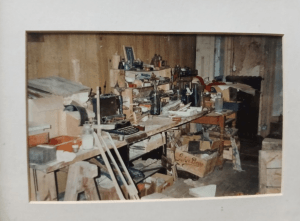
By the time Henry’s daughter Olive sold this house in 1979, this part of the house had suffered neglect resulting in some serious structural deterioration; water egress led to plaster damage on the ceiling and walls which had to be removed and replaced. The vast collection of cameras, chemicals, glass plates, photographs and all the associated equipment had simply been forgotten when the door closed. Imagine the excitement when all that lay hidden for decades was rediscovered, revealing one of the best examples of a Victorian Gentleman’s Darkroom in Britain or Ireland – a very rare diamond in the rough.
So many treasures were found as the Dark Room began to re-emerge from its abandoned state including collection of glass plate negatives taken between 1890s and 1920s and some of Henry’s notebooks where he jotted down details of his experiments.
At a time when photography was very technical, expensive and only available to the wealthy, Henry was the typical pioneering amateur photographer. Having a suitable educational background and as a member of the gentry, the money to fund his interest, he also had the leisure time to pursue it.
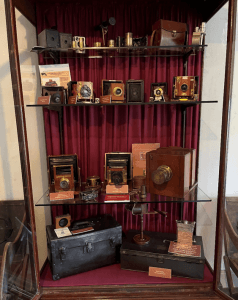

Henry’s cameras, developing equipment, photo plates and more, have been rediscovered and many are displayed for visitors to see. His contemporaries used up to 65 separate chemical substances in their photographic processes including metals, chemicals, acids, bases and salts and a much larger number of compound substances were created in the laboratory and dark room from mixing and combining these. We know that most of these 65 chemicals were used by Henry in Strokestown and that the knowledge of mixing, applying and using them was complex and required great precision.

The Strokestown Dark Room is as it originally was in Henry’s day; a room built within a room where the man of the house set up his photography lab. Today, you can see his developing chemicals, developing trays, water tanks, film developing tanks and photographs, all in their original condition.
From the outset photography was pursued in Ireland by both men and women of wealth, such as Edward King Tenison of Kilronan Castle, Co. Roscommon, Lady Augusta Crofton Dillon of Mote Park, Roscommon and most notably Countess Mary Rosse of Birr Castle, whose family’s Darkroom equipment can still be viewed in Birr.
Others photography pioneers worth mentioning included Michael Pakenham Edgeworth of Edgeworthstown House, Co. Longford, Jane Shackleton (nee Edmundson) of Anna Liffey House, Co. Dublin, Elizabeth Hawkins-Whitshed of Killincarrick House, Co. Wicklow.
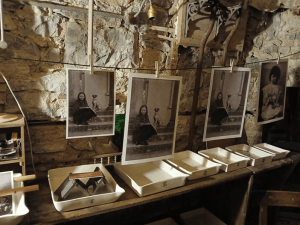
Today, when you come to visit the Dark Room at Strokestown Park, as well as seeing Henry’s rooms, equipment and results of his work, you might be able to avail of the opportunity to experiment with a small camera obscura that has been set up in the Dark Room – a real authentic early photography experience – it just depends on sunshine!
The Dark Room is not part of the standard house tour here at Strokestown and is only available to visit by special request. Feel free to ask us about arranging a Dark Room tour by contacting our visitor services at 071-96 33 013.
Written by Ciara McCormac, Curator & Archivist at Strokestown Park.


